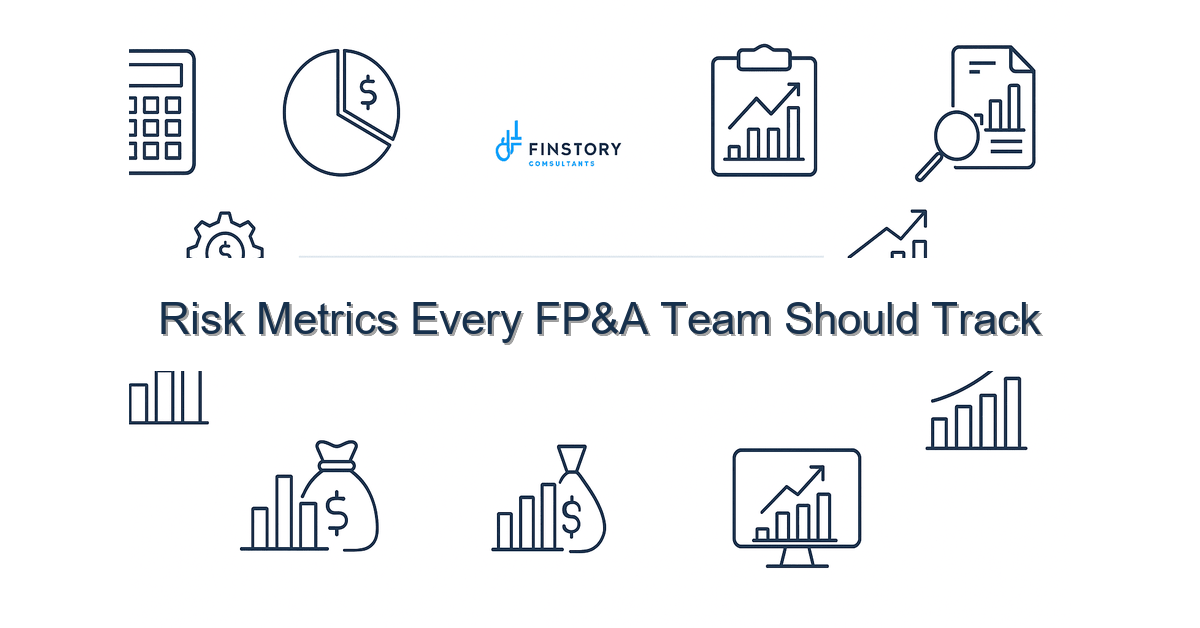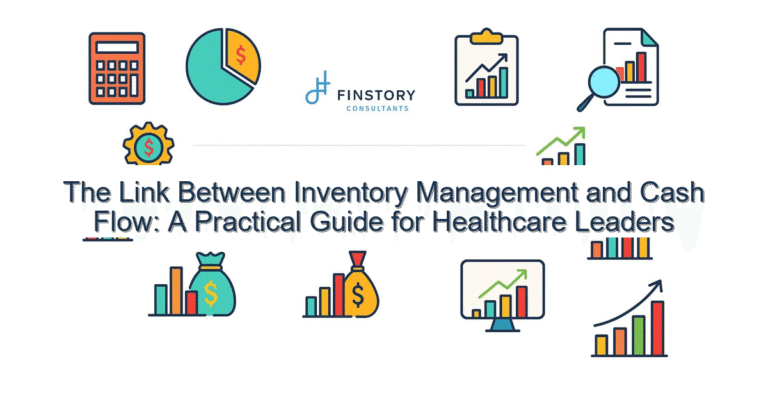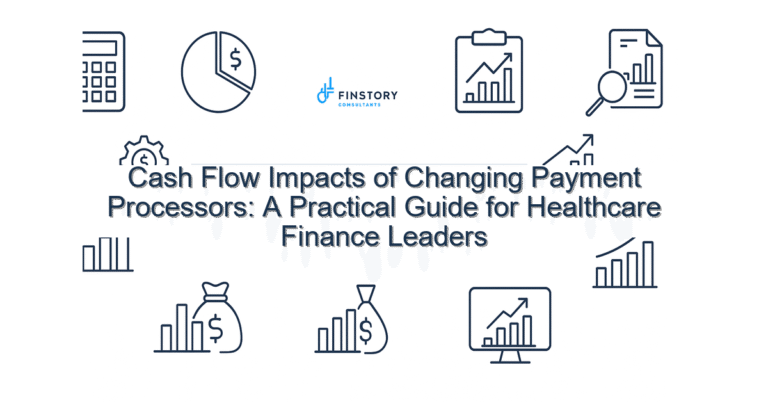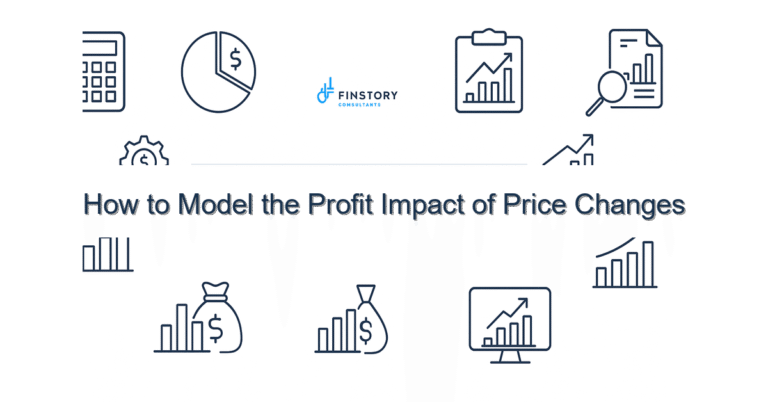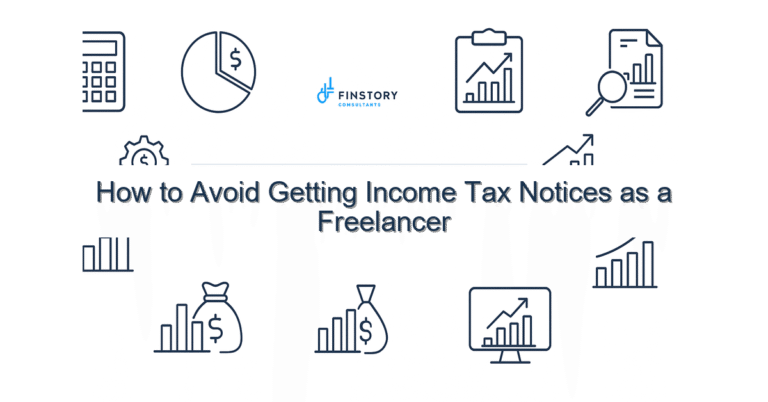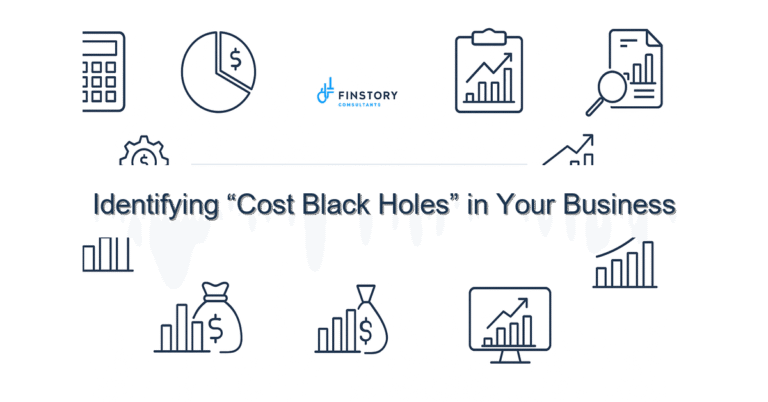Risk Metrics Every FP&A Team Should Track
You’re juggling budgets, staffing shortages, and a constant stream of operational surprises. It’s easy to feel like you’re firefighting—without a clear dashboard showing where the next risk will hit.
Summary: Track a focused set of risk metrics FP&A teams can actually operationalize—variance-to-plan, cash burn, payor mix volatility, capacity utilization and controllable expense ratio—to reduce surprises, shorten decision cycles, and protect margin in healthcare operations.
What’s the real problem?
Healthcare finance leaders face complexity from clinical variability, regulatory changes, and fluctuating payor behavior. FP&A often has plenty of data but lacks the right risk-focused signals to act quickly. The result: decisions are late, executives lose confidence in forecasts, and operational teams are blindsided.
- Symptoms: month-end scramble to reconcile variances instead of spotting them daily.
- Symptoms: cash forecasts miss timing problems—capital projects delayed, vendors paid late.
- Symptoms: underused ORs or clinics while staffing costs spike unplanned.
- Symptoms: inability to quantify the financial impact of payor contract changes quickly.
What leaders get wrong about risk metrics FP&A
Well-intentioned leaders often make three mistakes. First, they track too many vanity metrics—headlines that look good in a deck but don’t change behavior. Second, they treat risk measurement as an occasional exercise (quarterly reviews) when it needs near-real-time signals. Third, they believe only the finance team needs to own these metrics; in hospitals, clinicians and operations must see and trust them too.
A better approach to risk metrics for healthcare FP&A teams
Focus on a short list of high-impact, measurable risk metrics, align owners, and embed them into weekly operational reviews. Here’s a simple 4-step framework:
- Define a compact set of leading and lagging indicators (5–7 metrics).
- Assign operational owners and set thresholds that trigger action.
- Automate data collection and visualization for weekly review.
- Close the loop: measure the outcomes of actions and adjust thresholds.
Real-world example: a mid-sized community hospital reduced weekly cash burn surprises by 60% after tracking three leading indicators (payor collections days, elective surgery backlog, and staffing overtime). They moved from monthly firefighting to weekly huddles where the CFO, CNO, and clinic manager made quick, specific fixes.
Quick implementation checklist for risk metrics FP&A
- Pick 5 core risk metrics this week (see list below).
- Define the business owner for each metric (who acts when threshold is hit).
- Set clear thresholds: green/amber/red with dollar or percent triggers.
- Map data sources and verify data quality (EHR, billing, payroll).
- Build a simple dashboard in Power BI or your BI tool for weekly review.
- Schedule a weekly 30-minute risk huddle with ops and finance.
- Create one playbook action per red trigger (who calls whom, next steps).
- Run a 30-day pilot and measure whether actionable alerts increased.
Five risk metrics FP&A teams should track (with what they tell you)
- Variance-to-plan (rolling 13 weeks): the percent deviation from budgeted revenue and cost. It flags emerging margin pressure earlier than month-end close.
- Cash burn / free cash flow forecast (30–90 day): predicts whether the organization will hit short-term liquidity constraints—especially critical around large payroll and vendor cycles.
- Payor mix volatility: changes in commercial vs. Medicare vs. Medicaid volumes by service line. A 5–10% swing in payor mix can mean a material margin shift.
- Capacity utilization by service line: OR utilization, clinic no-shows, and inpatient occupancy show operational bottlenecks that drive cost and revenue risk.
- Controllable expense ratio: overtime, agency spend, and supply costs versus budget by department—helps separate clinical demand from cost control issues.
What success looks like
Concrete, measurable outcomes you can aim for after implementing these risk metrics:
- Accuracy: reduce forecast variance by 30–50% on rolling 13-week forecasts.
- Cycle time: shorten weekly decision cycle time from 7 days to 24–48 hours for flagged risks.
- Cash: improve 30-day cash coverage by 20% through earlier billing and collections actions.
- Cost control: cut overtime and agency spend by 15% within six months of alerts and staffing adjustments.
- ROI: expect a 3–6x ROI from avoided margin loss and improved throughput in the first year.
Risks & how to manage them
Top risks when standing up risk metrics—and practical mitigations:
- Risk: Garbage-in, garbage-out data. Mitigation: start with a small set of validated sources, run parallel checks for 30 days, and automate quality tests.
- Risk: No operational buy-in. Mitigation: build metrics with clinical and ops partners; use thresholds they trust and assign clear action owners.
- Risk: Alert fatigue. Mitigation: tune thresholds to reduce false positives and limit automated alerts to amber/red only—train teams to address amber before it becomes red.
Tools & data
To scale this, most healthcare FP&A teams combine finance automation, an enterprise data warehouse, and a BI layer like Power BI. Finance automation reduces manual journal prep and frees staff for analysis. Power BI or similar tools help you build operational dashboards that clinicians will actually use. Also integrate Treasury and AR modules so cash metrics update daily—not just at month end.
Need a practical guide? See our posts on rolling forecasts for healthcare and dashboard design best practices, or explore our financial automation services for faster implementations.
FAQs
Q: How many risk metrics should we track?
A: Start with 5–7 focused metrics—mix of leading and lagging indicators. Too many dilutes actionability.
Q: How often should these metrics be reviewed?
A: Weekly is ideal for operational risks; daily for cash and collections during stressed periods.
Q: Who should own the metrics?
A: Assign a single operational owner for each metric and a finance sponsor. Ownership must include authority to act.
Q: What’s the fastest win?
A: Automate a 30–90 day cash burn forecast and a variance-to-plan dashboard. These often generate quick fixes in collections and expense controls.
Next steps
If you want to reduce surprises and make faster, confident decisions, start by choosing the five risk metrics that matter most to your operations and stand up a weekly review with ops partners. Need help operationalizing risk metrics FP&A—defining thresholds, building dashboards, and training your team? Contact Finstory to design and deploy a tailored program.
Work with Finstory. If you want this done right—tailored to your operations—we’ll map the process, stand up the dashboards, and train your team. Let’s talk about your goals.
📞 Ready to take the next step?
Book a 20-min call with our experts and see how we can help your team move faster.
Prefer email or phone? Write to info@finstory.net
or call +91 44-45811170.
